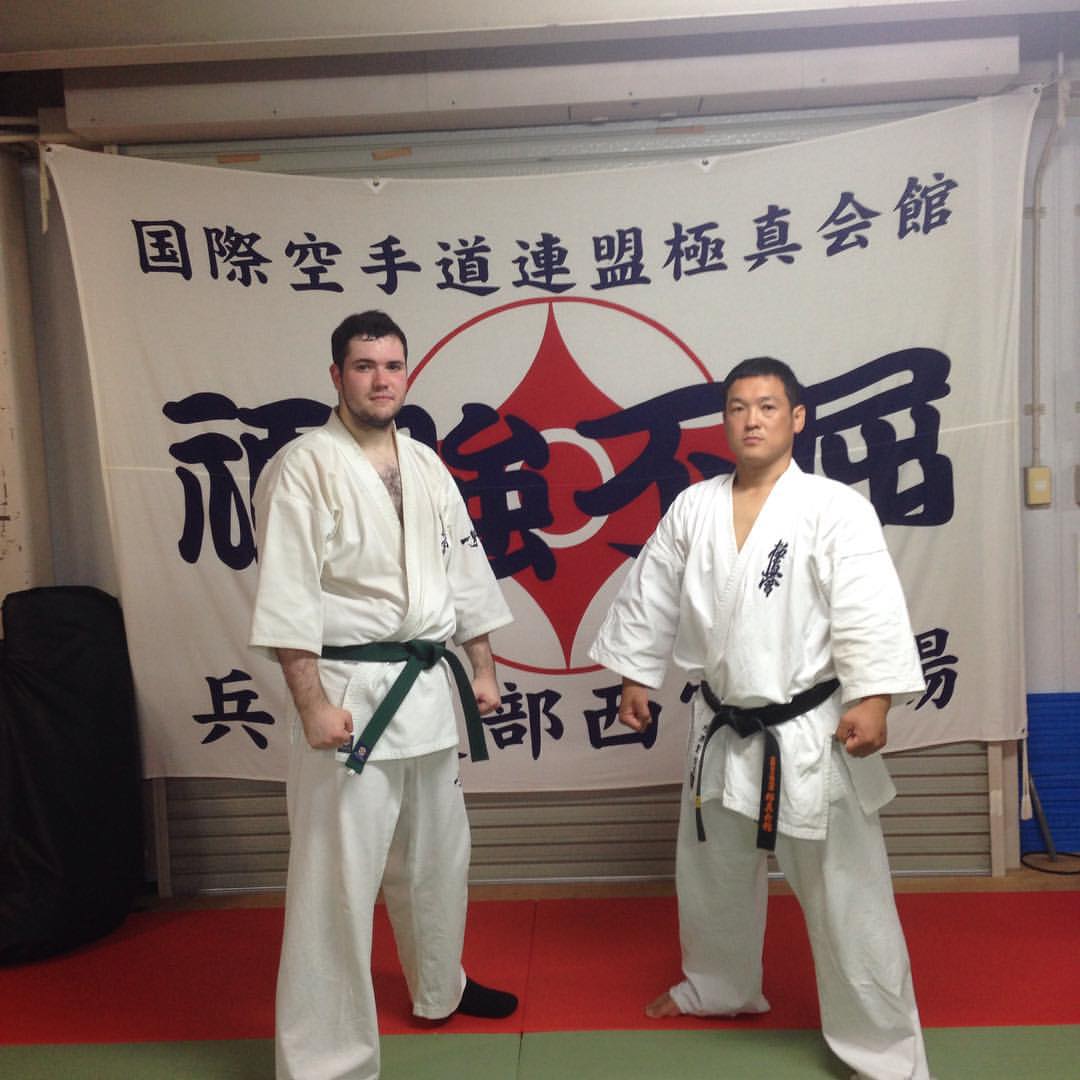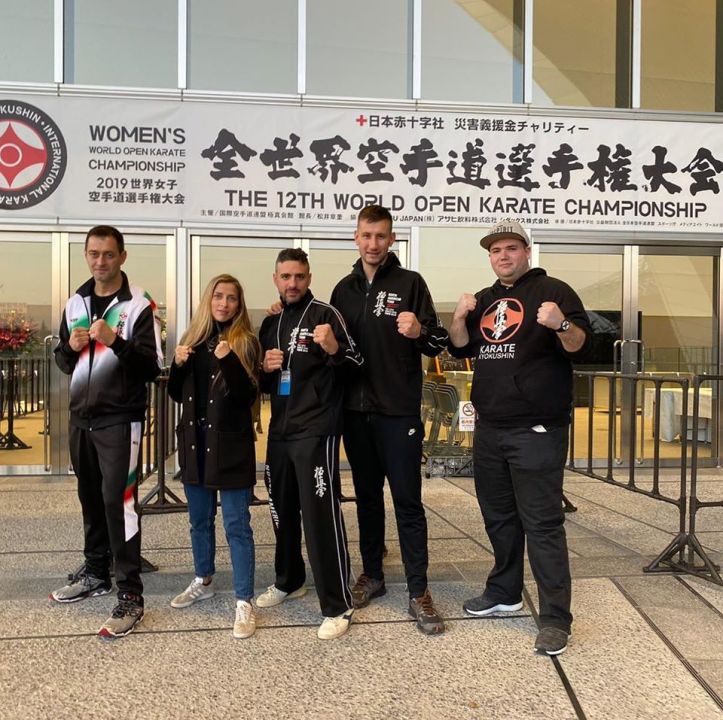
I hope you found Part I of my Dojo Finds project interesting. Hopefully you enjoy Part II as well!
The Aikikai Foundation Honbu Dojo-Shinjuku
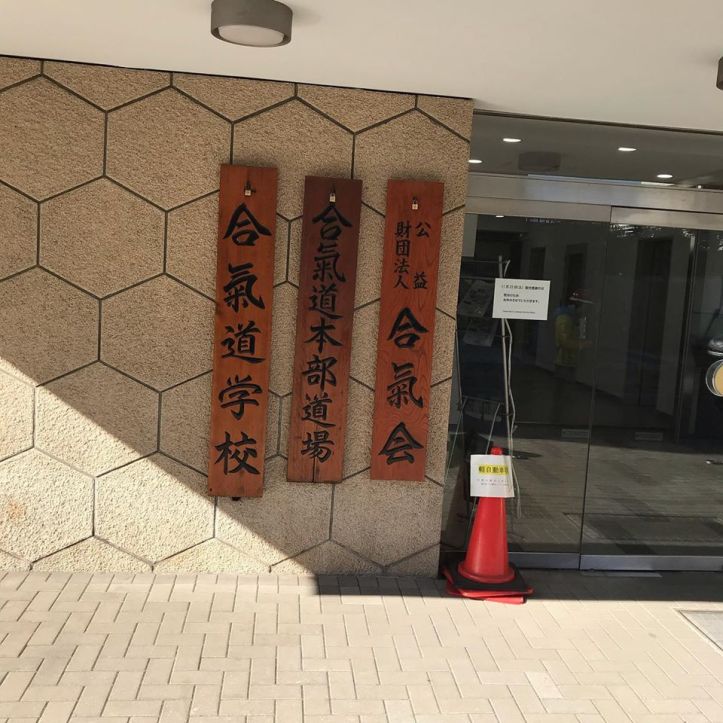
The Aikikai Foundation is the parent organization for various Aikido groups and organizations around the world. Founded in 1940 by Ueshiba Morihei ( O-Sensei), its aim is to promote and popularize Aikido worldwide. Originally a wooden building built by O-Sensei in 1931, the wooden dojo was replaced by a modern building in 1967.
Ueshiba Morihei was born in the city of Tanabe, Wakayama Prefecture in 1883 and began studying Jujutsu at an early age. While leading a pioneer expedition to Hokkaido in 1911, O-Sensei met Daito-Ryu Aikijujutsu grand master, Takeda Sokaku, and began training with him. Using what he had learned from Takeda and the swordmanship of Shin-Kage Ryu, Ueshiba developed his own style, focusing on the principle of Aiki. Aiki literally means “joining spirit”, and uses the opponent’s energy against them.
The Honbu Dojo is located in the Wakamatsucho District of Shinjuku and is about a 10-15 minute walk from Wakamatsu-Kawada Station on the Oedo subway line.
Kyokushinkaikan Masuda Dojo-Takadanobaba
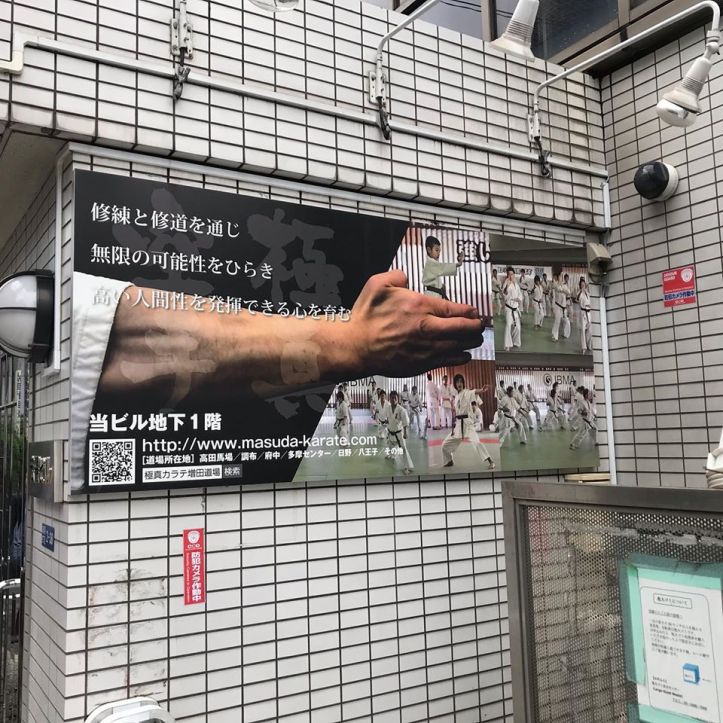
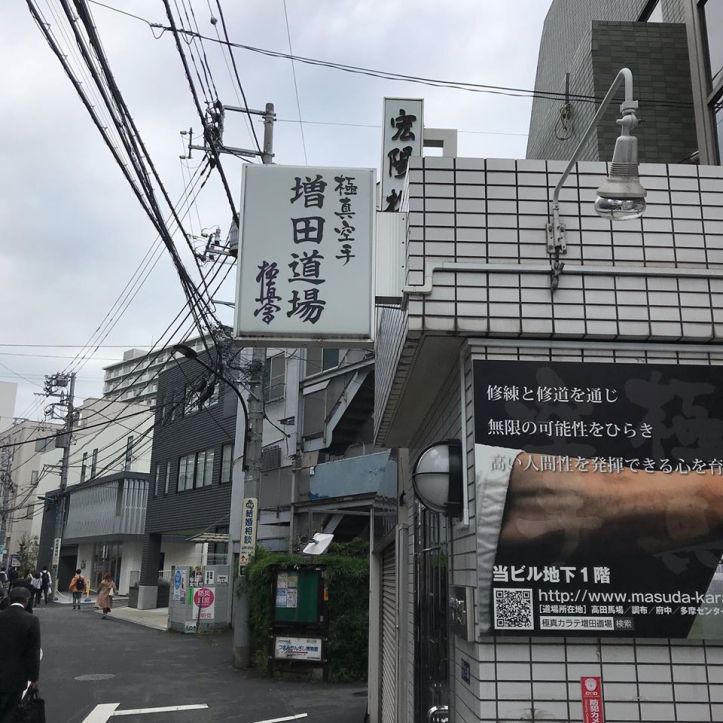
The Takanobaba Dojo of the Kyokushinkaikan Masuda Dojo organization was a 5 minute walk from my ryokan in Takanobaba, a neighborhood in Shinjuku close to Waseda University. .
The organization’s founder is Masuda Akira, an All Japan Champion, 2nd place winner at the 5th World Tournament, and completed the 100 Kumite under the supervision of Sosai Mas Oyama in 1991. After Sosai’s death, Masuda Shihan founded his own organization that focuses on incorporating Traditional Karate into the knockdown Kyokushin style.
While still running his own organization, Masuda Shihan is a technical advisor to the IKO-1/Matsui Group and helped develop the IKO’s new competition ruleset.
A number of friends from Facebook train there and they invited me to come and observe training.
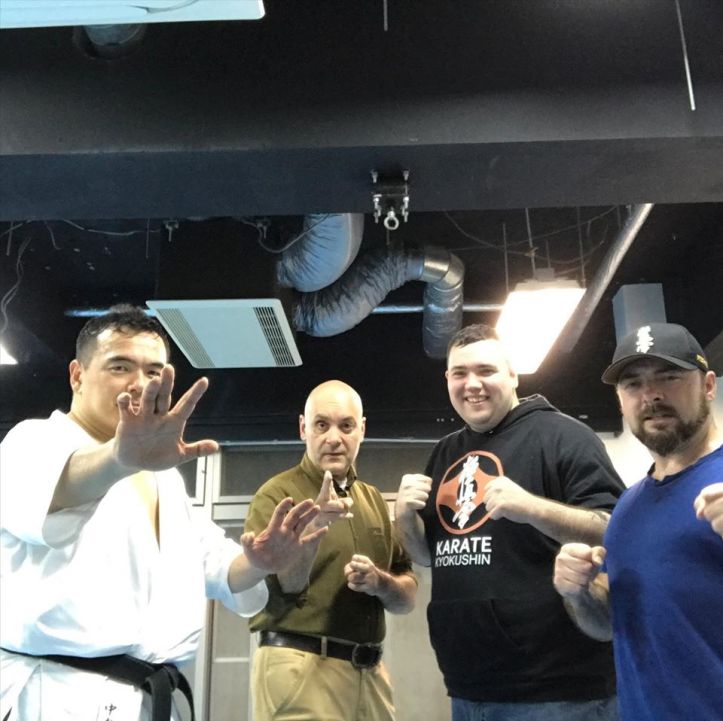
The Kodokan Judo Institute- Bunkyo Ward
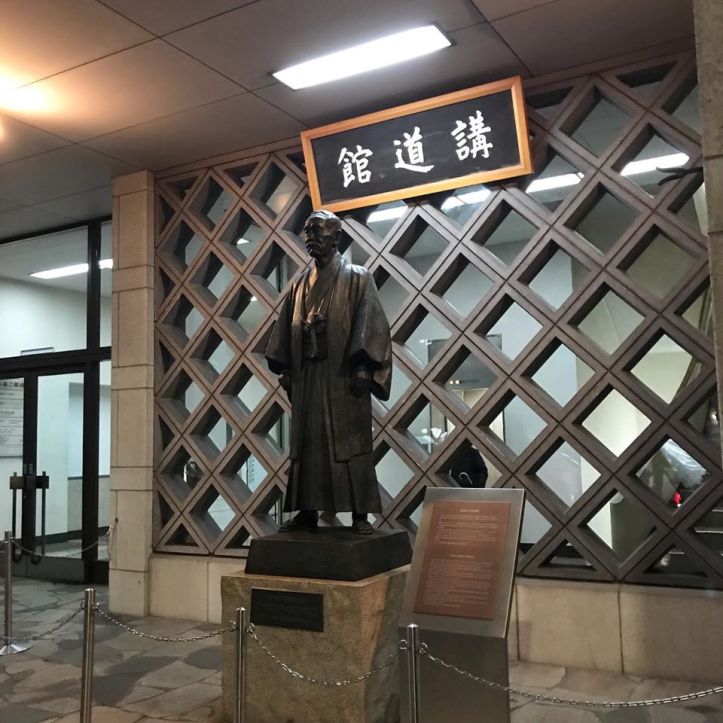
The Kodokan Judo Institute was founded by Kano Jigoro in 1882. Literally meaning ” Hall For Expounding The Way”, the original school was in located in a small building on the grounds of Eishoji Temple. Judo is a codified version of the techniques Kano Sensei learned in various forms Jujutsu that allows for free sparring with little to no injuries. One of Judo’s founding principles is that of “精力善用 /seiryoku zen’yō” , or ” Maximum efficiency, minimal effort”.
Kano Jigoro was born in 1860. He was frequently bullied at school, so he began searching for a martial arts teacher. Since this was a time of modernization in Japan, many of the great martial arts masters no longer taught martial arts or were not accepting new accepting students. After searching for a long time, he began training in Tenjin Shinnyo Ryu Jujutsu under Fukuda Hachinnosuke Sensei and Iso Masatomo. After the deaths of both Iso and Fukuda, Kano trained under Iikubo Konen in Kito Ryu Jujutsu and received a teaching license in that art.
Began teaching Jujutsu during his time training with Iikubo. As a student of Jujutsu, Kano was frequently injured and saw his training partners injured during training. Kano began developing his own style of Jujutsu, in which practitioners can train and spar with out serious in jury, by eliminating the strikes and dangerous techniques found in the styles he studied. Kano was a teacher by trade and used his classroom teaching methods in the dojo. He introduced Judo as a sport in schools and the style of Kodokan Judo spread gradually throughout the country and worldwide.
I first visited the Kodokan during my semester abroad in 2013. Although I had about a year of Judo training, I was not allowed to take class and was invited to observe from the balcony. The balcony is open to the public and anyone can observe a class. The main dojo is on the 7th floor and there are often multiple classes being taught at the same time.
This time I brought my Karate Senpai, Damian, along and we observed a kid’s class and a beginners’ class. There were also many elderly 7th and 8th dan doing newaza of to the side of the dojo.
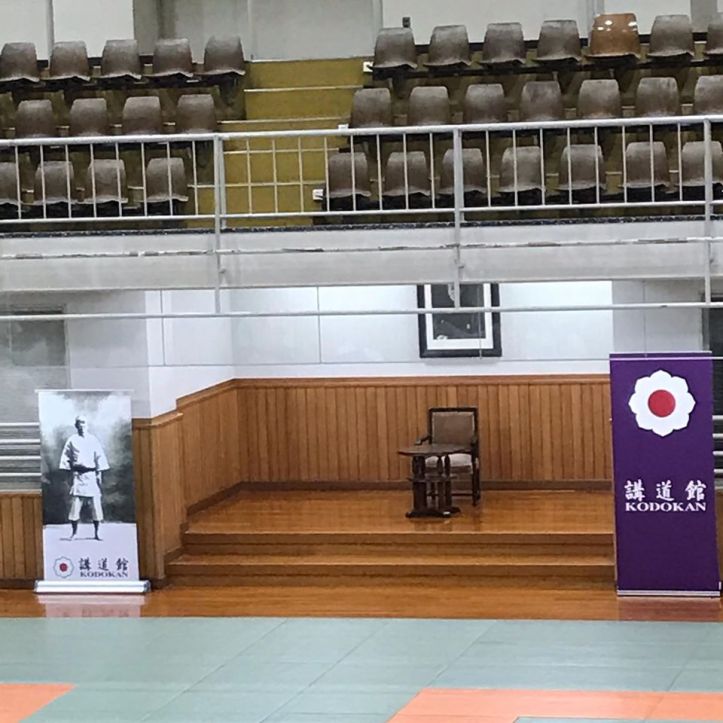
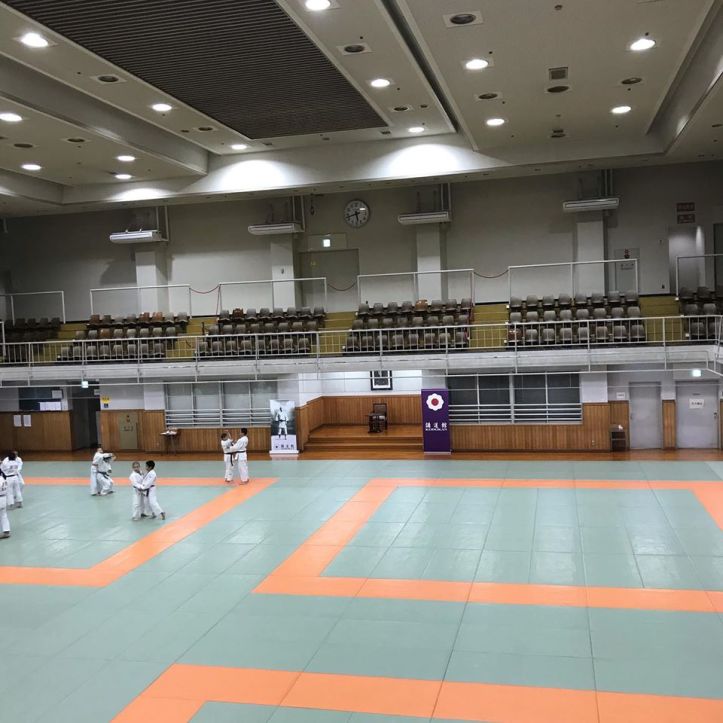
Shinseikai Suzuki Dojo-Takadanobaba
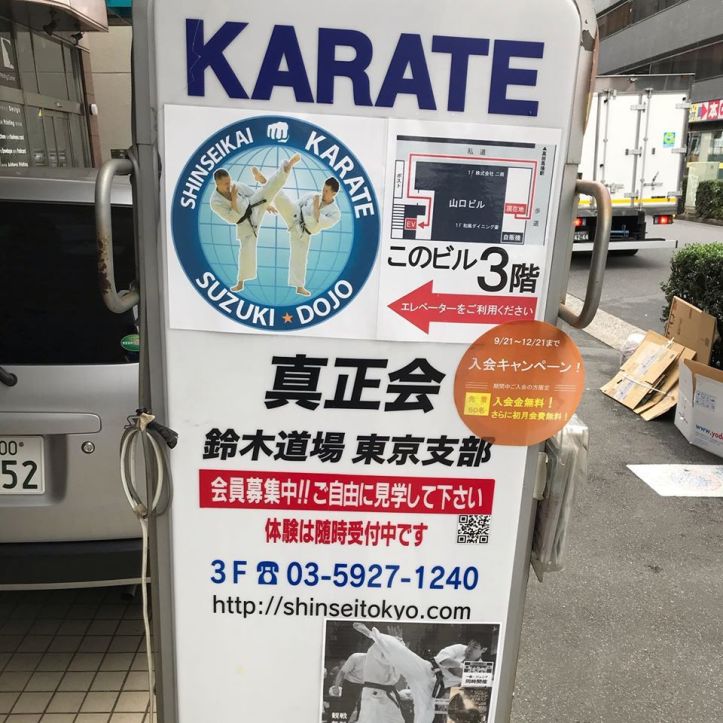
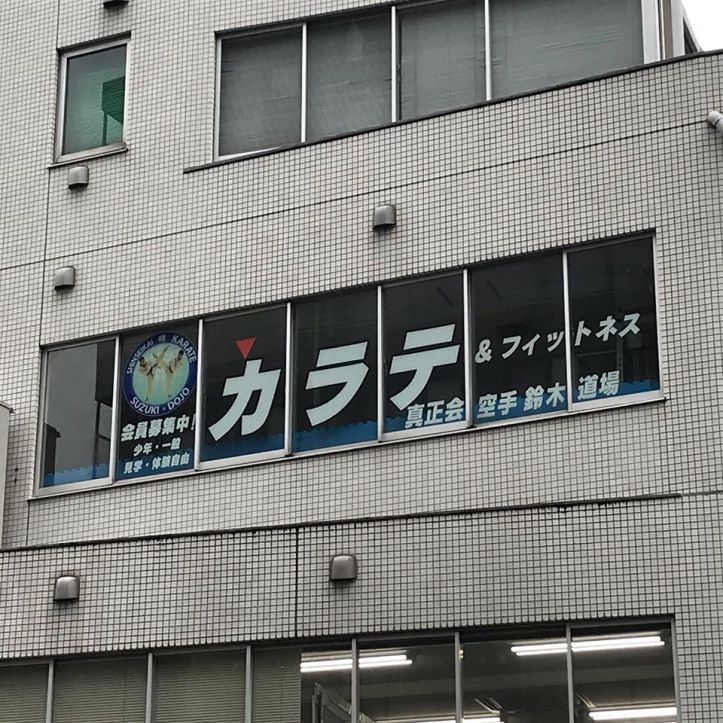
Shinseikai Karate is a full contact knockdown style of Karate that broke away from the Seidokaikan in 2016. Not too sure of the differences between the two schools, but I know that there are several organizations that now make up Shinseikai. A number or former Seidokaikan and now Shinseikai fighters have participated in the IKO-1 All Japan and World Tournaments.
Suzuki Dojo is the headquarters of the style in Tokyo and is about a 5 minute walk from Takadanobaba Station in Shinjuku.
Kobukan Jodo Dojo- Yoyogi
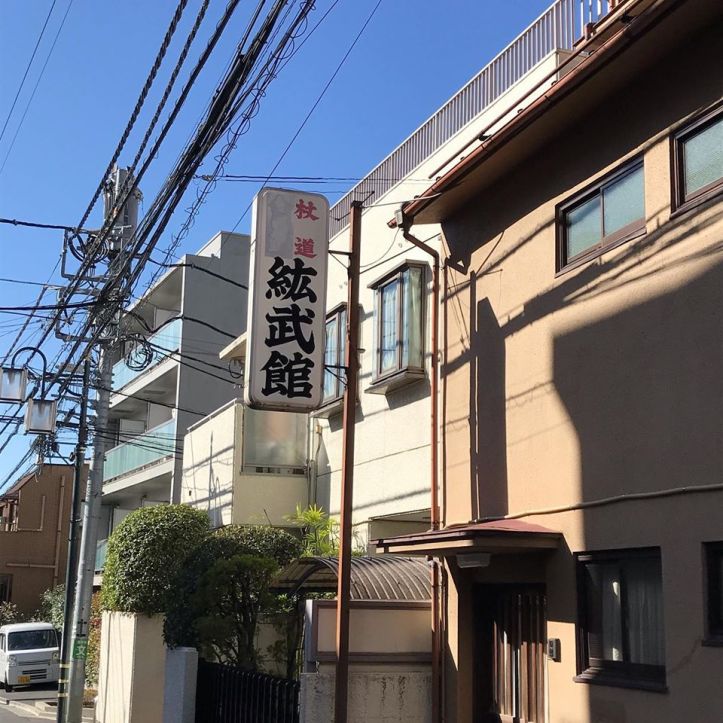
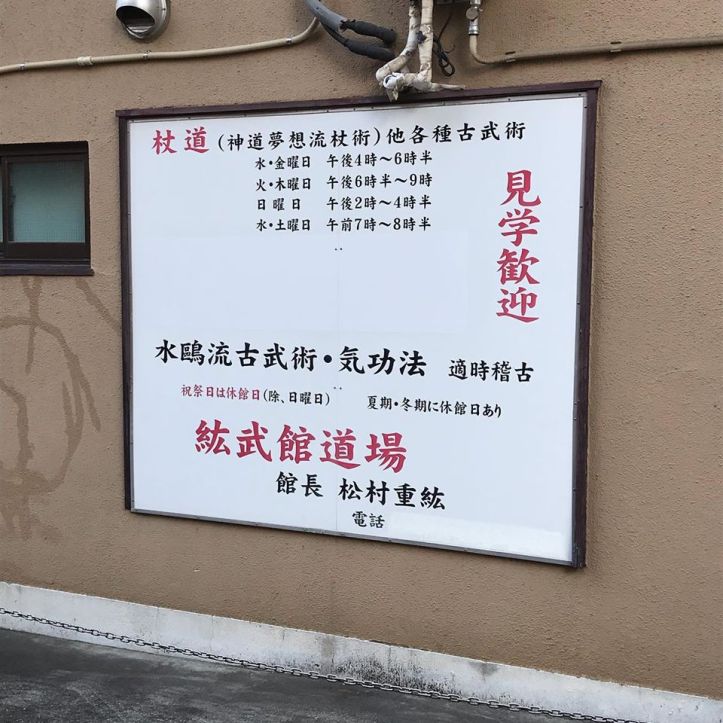
The Kobukan Dojo teaches the art of the Jo, the Japanese short stick. Shinto Muso Ryu Jojutsu was developed by Muso Gennosuke, who famously tested his art against Miyamoto Musashi, in the 1600’s.
The Jo is a shorter version of the Bo staff and Jojutsu/Jodo focuses on defense and counter attacks against a sword. A practitioner deflects the attacker sword and then targets various vital points on the body with the Jo. Jodo has set kata and the All Japan Kendo Federation has a Jodo department in charge of testing and ranking practitioners. Other organizations exist, however, such as the Nihon Jodokai.
The Kobukan Dojo is a 3 minute walk from Yoyogi Station.
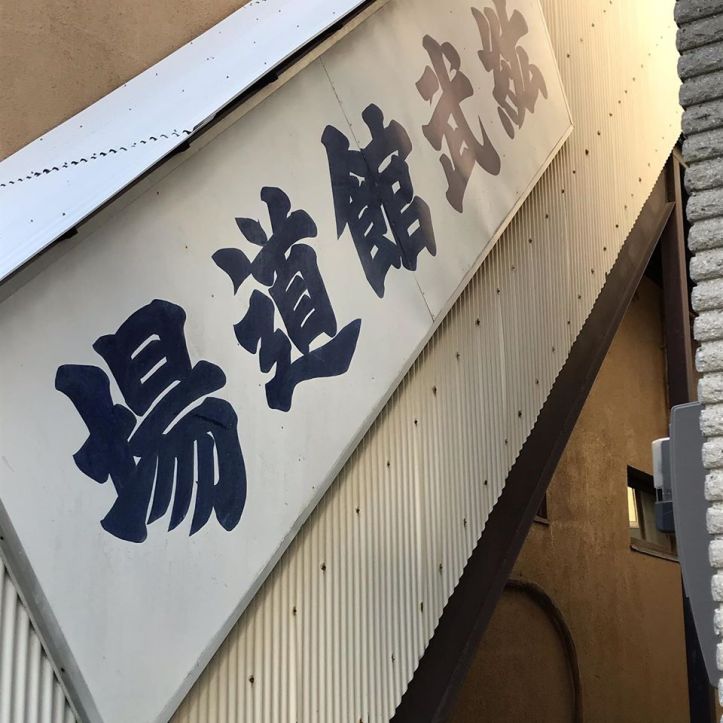
Karate Do Kazumi Dojo- Kawasaki, Kanagawa
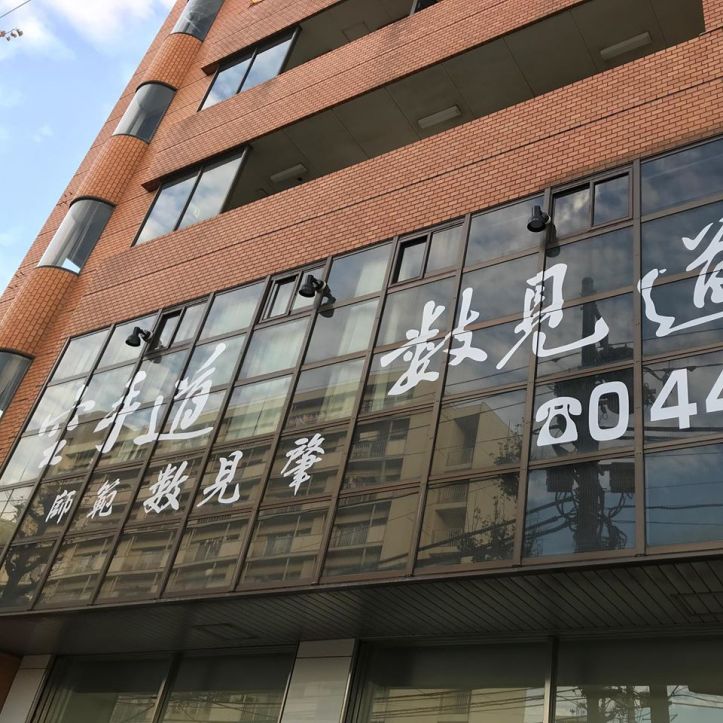
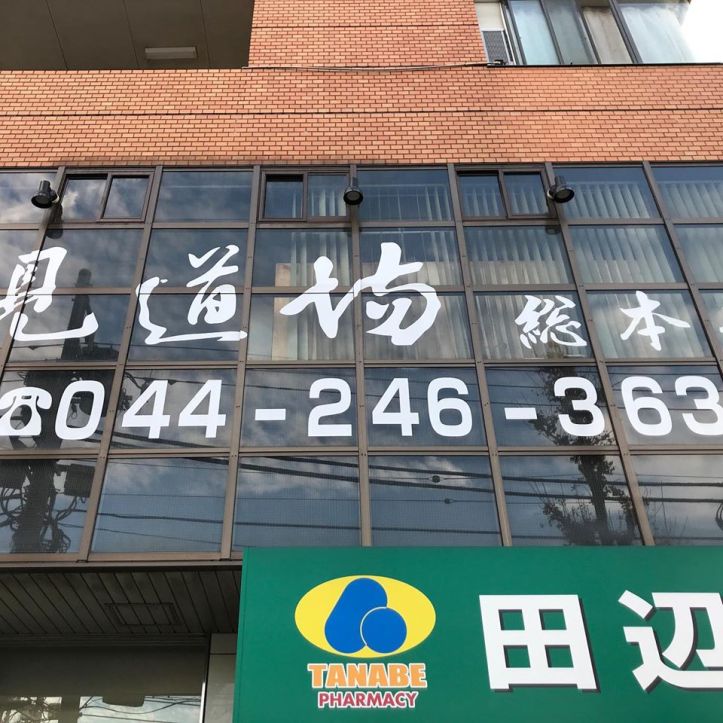
Karate Do Kazumi Dojo is headed by one of my favorite Kyokushin Karate fighters, Kazumi Hajime. Kazumi was a 5 time All Japan Champion and came in 2nd in both the 6th and 7th IKO-1 World Tournaments. During his fighting career, he never finished outside of the top two spots. He focused on developing his low kicks and became one of the hardest and most successful low kickers in Karate history. I have tried to model my own leg kicks after Kazumi’s and like to think they work on my opponents. Kazumi resigned from the IKO-1 in the early 2000’s and started his own style where he focuses on kata and incorporates elements of taichi.
I went to visit the Kazumi Dojo on my second to last day in Japan while I was coming back from Kamakura. I just wanted to take a picture of the outside and then post it on Instagram. When I arrived, an elementary school aged student parked his bike on the sidewalk and went upstairs. A few minutes later, Kazumi Shihan came down and told the students to fix his bike, because it was in the middle of the sidewalk. As they were heading back to the dojo, I stopped him and said that I was a big fan. He asked how long I had been training and invited me up to dojo. I spoke with Kazumi Shihan for a couple more minutes and then asked for a picture. As there was no one else around, we took a selfie in front of the kamidana. This was truly a unexpected opportunity and a total dream come true. It’s not often that you get to meet one of your fighters fighters and tell him how much you have modeled your Karate after his.
His dojo is about a 10 minute bus ride from JR Kawasaki Station.

